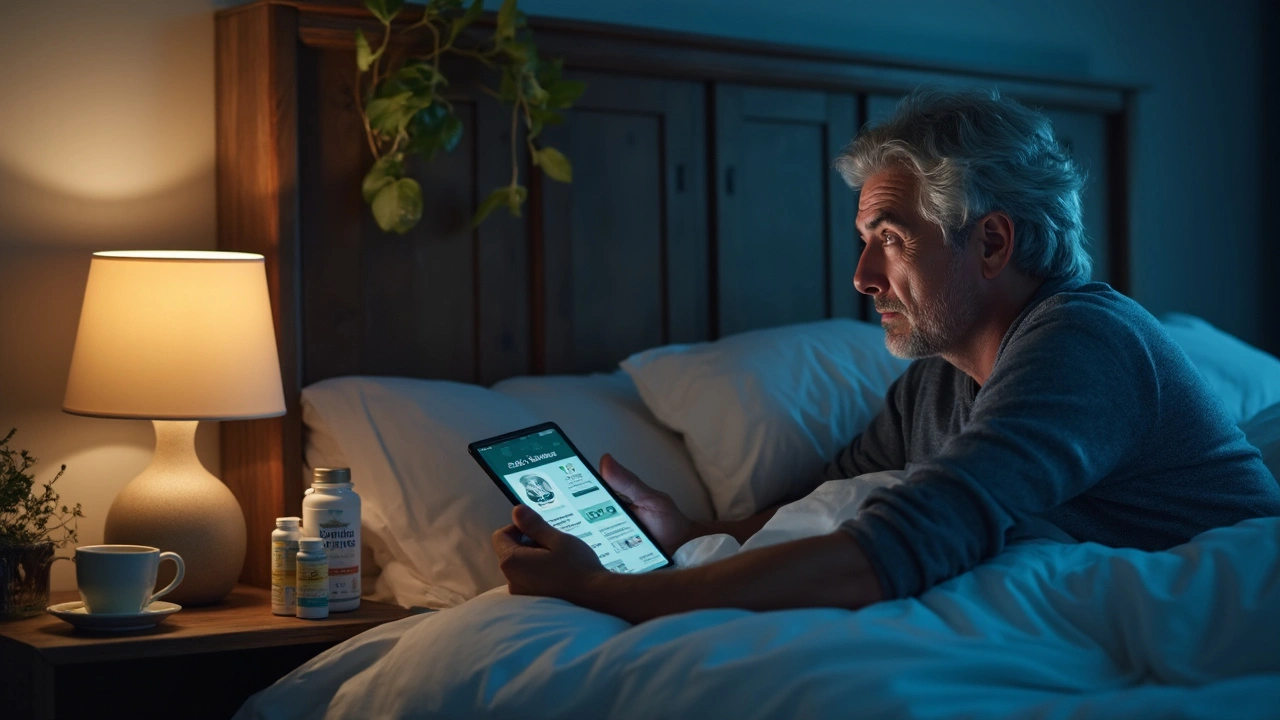Statin Lifestyle Tips: Simple Habits That Help Your Cholesterol Medicine Work Better
Statins can lower LDL cholesterol a lot—sometimes up to 50% depending on the drug and dose. But your daily choices change how well they work and whether you get muscle pain or liver issues. These are clear, practical tips you can start using today.
Eat and drink smart
Cutting saturated fat and adding fiber gives statins more room to work. Aim for foods like oats, beans, fruits, vegetables, and fatty fish twice a week. Plant sterols (in fortified spreads or foods) can lower LDL a bit more when used alongside statins. Skip trans fats entirely.
Limit alcohol. Heavy drinking raises liver stress and can worsen side effects. If you drink, stick to CDC-style limits (up to 1 drink/day for women, up to 2 for men) and tell your doctor how much you actually drink.
Be careful with grapefruit and grapefruit juice. Grapefruit blocks an enzyme (CYP3A4) that clears many statins. That can spike statin levels and raise your risk of muscle problems. This matters most with simvastatin and lovastatin; rosuvastatin and pravastatin are less affected, but ask your prescriber.
Move, monitor, and manage side effects
Exercise lowers LDL and raises HDL. Aim for about 150 minutes of moderate activity each week—walking, cycling, or swimming—plus two strength sessions to keep muscle strong. Losing even 5–10% of body weight often improves cholesterol numbers.
Timing of your dose matters for some statins. Short-acting ones (like simvastatin and lovastatin) work best at night. Longer-acting statins (atorvastatin, rosuvastatin) can be taken any time of day. Follow your prescription and ask if you’re unsure.
If you get muscle aches, tell your doctor. Mild soreness is common but can have many causes: exercise, low vitamin D, or statins. Your provider may check creatine kinase (CK) or vitamin D levels, try a lower dose, switch statins, or suggest a trial of CoQ10—some people find it helpful, though evidence is mixed.
Watch for drug interactions. Certain antibiotics (macrolides), antifungals, HIV meds, and some blood pressure drugs raise statin levels. Always list your statin when a new medication is prescribed or when buying OTC drugs and supplements.
Follow-up matters. Expect a lipid panel 6–12 weeks after starting or changing dose, then every 3–12 months as needed. Baseline liver tests are common; repeat testing is based on symptoms or clinical judgment.
Don’t skip doses—statins only protect when taken regularly. If you forget a dose, take it when you remember unless it’s almost time for the next dose; then skip the missed one. Ask your pharmacist or your provider at CanadaPharmacyDepot.com if you want help with reminders or medication reviews.
Small, specific habits—better food choices, regular movement, watching interactions, and timely lab checks—make statins safer and more effective. Talk openly with your doctor about side effects and options so you get the best benefit from your treatment.
Statin-Induced Sleep Side Effects: Practical Fixes for Better Rest
Statin medications can sometimes mess with your sleep and leave you drained the next day. This article digs into practical steps—like smart supplement choices, lifestyle tweaks, and talking to your doctor about dose changes—to make statin-induced sleep problems easier to handle. You’ll find science-backed advice, real-world tips that actually work, and insights to help you sleep better while still getting the benefits of your meds. Dive into the science, the strategies, and what you can do tonight to rest easier. You’ll also discover where to find more detailed guides if you need extra help.
More
